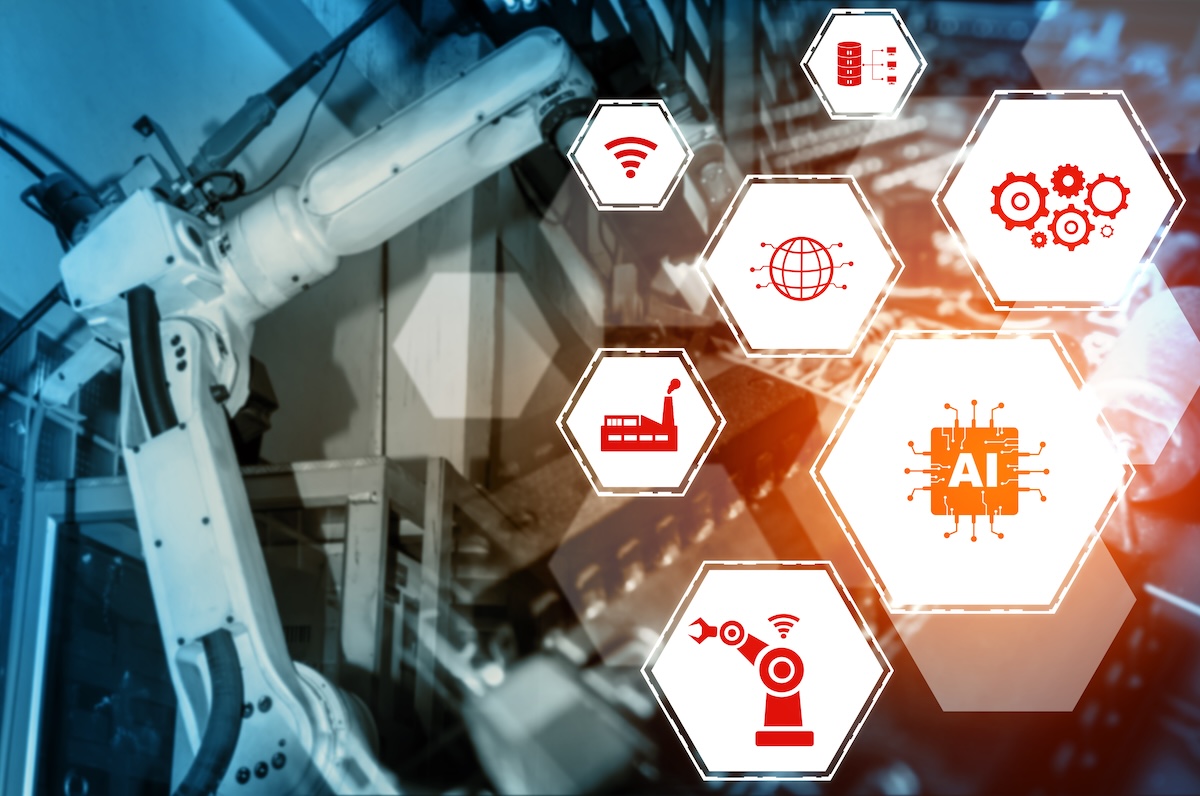Expanding the Possibilities of Azure IoT with Real-Time Analytics
In countless applications that track live systems, real-time analytics play a key role in identifying problems and uncovering new opportunities. They enable data and operations managers to respond fast enough to make a difference in the moment. The need to quickly understand and act on telemetry has never been more important and challenging, as we are awash in live data created by an estimated 18 billion IoT devices — a population that grows every minute.
Many of these devices are tracked by Microsoft Azure IoT, which many organizations use to build, manage, and deploy their edge to cloud IoT solutions. The Azure Digital Twins service within Azure IoT enables users to create rich models of their devices and track key state changes. While the Azure IoT platform provides a feature-rich foundation for implementing IoT solutions, increasing the scalability of real-time analytics and enabling second-by-second state-tracking for large numbers of IoT devices can help expand its range of applications. What additional technologies does Azure IoT need to accomplish these goals?
The Power of In-Memory Computing
Adding in-memory computing to Azure IoT’s real-time analytics can provide the performance boost and scalability needed to track millions of IoT data sources in real-time. For example, it can enable a large, geographically distributed logistics network to enhance its real-time situational awareness. In-memory computing automatically combines multiple virtual servers to sift through volumes of telemetry as messages arrive and detect changes to state information about each data source. In-memory computing can immediately identify anomalies needing attention and alert data professionals and operations managers when conditions warrant.
By leveraging the power and popularity of digital twin models, integrating in-memory computing with Azure Digital Twins can provide the framework developers need to meet performance and scalability requirements. Storing each Azure digital twin instance’s properties in memory and routing incoming messages to an in-memory computing platform can dramatically reduce processing time while boosting scalability. This enables immediate analysis of incoming telemetry for thousands or even millions of data sources.
An Example: Using Azure Digital Twins for Telematics
To see how integrating in-memory with Azure Digital Twins can enable real-time analytics at scale, let’s look at a telematics application for the commercial trucking industry. This application must simultaneously track key parameters from all vehicles in a fleet, immediately detect issues, and report them to a dispatcher. Because nationwide fleets can have many thousands of trucks on the road at the same time, real-time analytics must be able to ingest and analyze large volumes of data. Typical telemetry can include engine and cargo parameters, vehicle location and speed, acceleration data indicating driving behavior, and more.
To track and analyze all this telemetry, a telematics application can create an Azure digital twin for each truck. Each digital twin combines incoming telemetry for a specific truck with other pertinent information, such as the vehicle’s manifest, route, and driver’s history. By keeping all relevant data together for immediate analysis, the digital twin has all it needs to quickly identify anomalies. It can also employ ML algorithms to help find obscure problems that might otherwise go undetected.
However, the demands of real-time analytics at scale can create challenges for the Azure Digital Twins service. That’s where in-memory computing comes in. This technology can host digital twin properties and telemetry in memory for fast access and analyze incoming telemetry within a few milliseconds after it arrives. In-memory computing enables message-processing to keep up with a high data ingestion rate and always performs real-time analytics with low latency. By integrating in-memory computing with Azure Digital Twins, the telematics application can benefit from both a rich digital twin modeling platform and fast, scalable real-time analytics that keeps dispatchers informed.
In-memory computing also can continuously aggregate the dynamic information stored within digital twins to give dispatchers a high-level view of the fleet’s performance and help them identify hot spots needing attention. For example, data aggregation can visualize where trucks are experiencing unexpected delays due to road conditions and need rerouting. Combining real-time data analytics with continuous data aggregation and visualization provides new tools that maximize situational awareness. Find out how to avoid data rich, information poor syndrome (DRIP).
This is just one example of using in-memory computing to enhance the performance of Azure Digital Twins for real-time analytics. Integrating these technologies can benefit many other applications, including industrial control systems to IoT for smart cities, physical and cyber security, fraud detection, and health-device tracking.
Integrating In-Memory Computing and Azure Digital Twins
Azure Digital Twins service can seamlessly integrate in-memory computing into its data storage mechanisms. In-memory computing runs on a cluster of virtual servers within the Azure cloud and can connect to Azure Digital Twins with built-in APIs for exchanging data. This enables the in-memory computing platform to maintain the state of all digital twins in memory while it ingests telemetry from Azure IoT Hub and performs real-time analysis.
As the in-memory computing platform processes telemetry, users of Azure Digital Twin Explorer can query the dynamic state of their digital twin models and observe changes. In addition, the in-memory platform can continuously aggregate data and visualize the results using tools such as Microsoft Power BI.
Summing Up
While Azure Digital Twins includes a wide spectrum of built-in components, such as Azure IoT Hub and Azure Functions, in-memory computing can accelerate and enhance its real-time analytics. It eliminates performance bottlenecks in processing incoming telemetry and adds new capabilities to Azure IoT with its ability to perform continuous data aggregation and visualization.
This integration gives operations managers the benefits of real-time streaming analytics at scale for their digital twin models. It enables second-by-second tracking of live systems and boosts situational awareness to a new level. In-memory computing with digital twins unlocks powerful new capabilities that can be applied to a wide range of IoT use cases.



